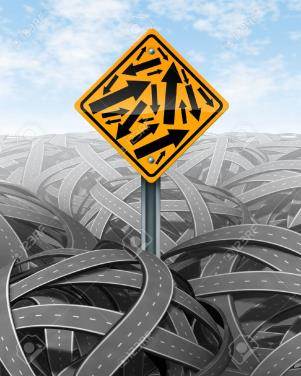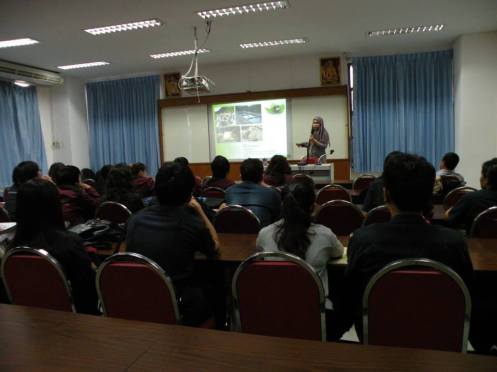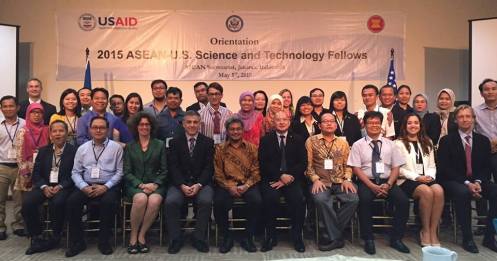The Complication of Being Simple
Any fool can make things bigger, more complex, and more violent. It takes a touch of genius – and a lot of courage – to move in the opposite direction (Albert Einstein)
In the first week of December 2014, something historical happened in my professional life as a faculty member in Chemical Engineering Department of Universitas Gadjah Mada. It was the day of Regional Chemical Engineering Conference (RCChE) 2014, hosted by my Department in Yogyakarta. About 100 scientists from Indonesia and neighboring ASEAN countries, who dedicated their brilliance to chemical engineering research and development, presented their scientific works. Those were really impressive works of science. I was the General Secretary of the conference. Therefore, I was too distracted with the responsibility in organizing the conference and could not present any papers. During the technical session, I just moved around the parallel rooms to entertain myself with the beauty of chemical engineering science presented by my colleagues.
Sitting in the audience, however, made me realized something. This parade of scientific achievement was just an exclusive celebration for a very small community of chemical engineering researchers. The ingenious ideas presented in the conference did not create any ripples in the “real life” beyond the wall of the conference venue. Here it came my historical moment: why did I (and might be the rest of the world) dichotomize between “science” and “real life” ???? Had I been so “unreal” in the 15 years of my life as a researcher?
The question kept lingering in my head until somebody emailed me about a call for proposal of a fellowship called “ASEAN-US Science and Technology Fellowship”. I am a “fellowship hunter”, I admit that honestly. The main reason is because in my humble opinion, fellowship is a quick way to educate myself beyond my formal degrees. It is like an “on the job training” for professionals. The bonus of it is, it makes a nice entry in my CV and help me tremendously to promote my profile as a scientist 🙂
I like the philosophy of this “ASEAN-US Science and Technology Fellowship” because it provides trainings to “communicate” my science to “non-scientific” communities, with the “most challenging community” as the main target: policy makers.
Writing scientific papers is very easy because: 1) we are communicating to a bunch of people with mutual interests and prior knowledge, 2) we can use any technical terms as complicated as “ACT GCT GCS YCC CGT AGG AGT CT” in a very casual way. My scientific peers will feel very offended if I explain such “common term” to them. What if I have to communicate important findings of my study to communities that will very likely perceive it as “non-sense”?

A scientist is trying to explain her idea to collect cow manure and produce cooking-fuel from it (picture courtesy of Daniel Tanto)
Taking off our “scientist hat” is difficult. Years of struggle to achieve the highest academic degree have made me too proud of my competence to understand complications. Ironically, I have become “another complication” myself when it comes to my interaction with “non-scientific” communities. More than often, I do not realize that I speak in “different language”.
Science is “common language”. When I write “16s rRNA” for example, all peers in my area of expertise will immediately recognize which part of DNA I am talking about. However, it is “NOT commonly understood language”, especially when I step out of my scientific community. I need an interface to make the rest of the world understand my scientific findings.
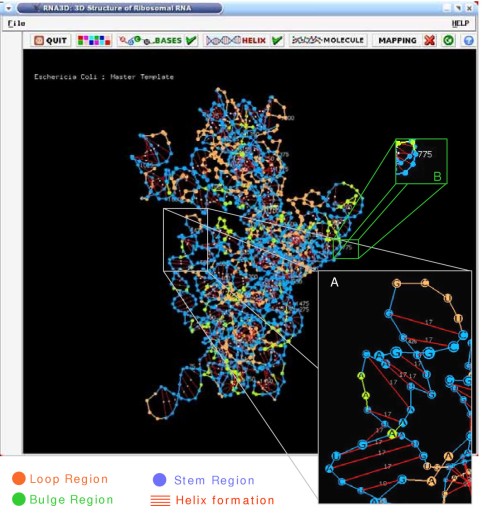
Structure of a genetic information in the DNA, which defines the identity of a species – how would I convince random person I meet on the street that I use this information to “produce” energy? (picture taken from http://www.biochem.umd.edu)
To introduce the science on which we have dedicated our time and energy as prominent scientist, we need to learn how to present the scientific findings in the way a journalist writes an article. There is actually a term describing it: “Science Journalism”. Science journalism is a “bridge” to make science “understandable” by non-scientist community. Here are some contrasts between scientific publication and science journalism. While scientific work is perceived as the work of the left hand side of the brain, science journalism needs a balanced action of both left and right hand sides of the brain. Science publication is “straightforwardly cold” as it presented numbers and plots. On the other hand, science journalism intentionally puts context, emotion, and “human face” on the data so that the audience can easily relate the scientific content to their daily lives. Scientific publication used passive voice as a symbol of objectivity. Science journalism use active voices to be more “intimate” with the audience.
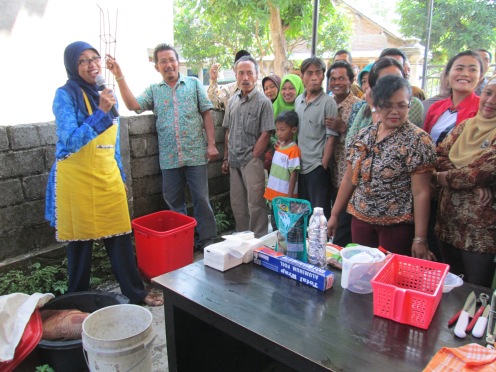
Scientists need to put “human faces” on their scientific findings to make it useful beyond pursuing the h-index. So, go out of your lab, meet and greet the faces who will be the beneficiary of your research (picture: personal collection)
I am still on my learning curve to be an “Amphibia” in my profession as a researcher: one side of me has to be highly scientific to gain respect among my scientific peers, while the other side need to be “simple enough” so that my science can be shared with wider audience. Here are some tips I learned about presenting our scientific work in a “science journalism” style:
- Be simple but not too “simplistic”. Our audiences are NOT dumb. They just do not know what we know.
- Put issue as the context of our data.
- Be focused on “one sentence one idea” (believe me it is difficult for the “parallel processor” in the brain of scientists – look at this article more closely: I still like to use complex sentences).
- Use vivid language to stimulate imagination.
- Use metaphors/analogies.
- Be a story-teller.
- Be unexpected. Put irony.
- Be emotional, make people feel personally relevant to the story.
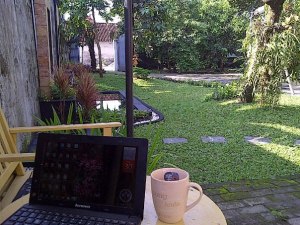
I always feel that the left hand side of my brain is already too full of scientific formulas. Now it is time to let the right hand side of it channelling the formulas out, in a very different style. I believe it will make my scientific career more exciting (picture: personal collection)
When finally we manage to be “simple enough” and produce a great article with the aforementioned check list, there is still one more thing to be checked. When we compose our scientific publication, we are answering the question “why ???”. In science journalism, check whether we have answered all possible questions of … “so what ???”
Knowledge belongs to humanity, it is the torch which illuminates the world (Louis Pasteur)
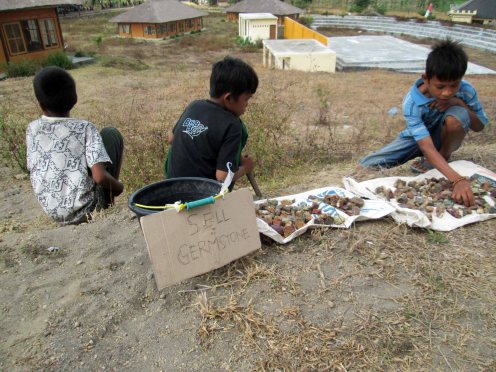
With the touch of your science, they might be inspired to be the best geologists in the world (picture: personal collection)
*Sleepless in Vientiane, Lao PDR – November 2, 2015 (attending ASEAN Committee on Science and Technology Meeting)

